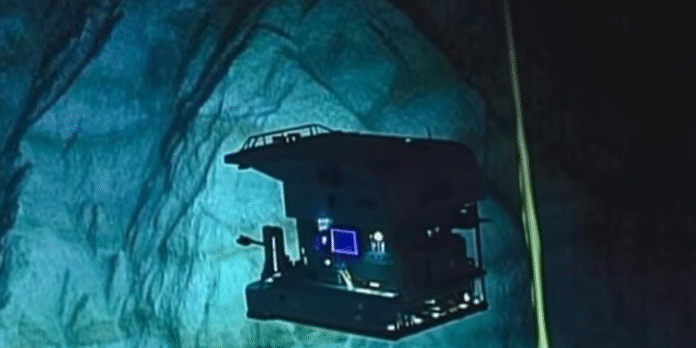For many years, the Mariana Trench — the deepest place in the ocean — was believed to be untouched by human life. That idea changed when a single plastic bag was discovered on its seafloor. This quiet discovery carried a meaningful message: even the most distant places on Earth reflect our daily choices. It reminded the world that our actions travel farther than we imagine. The ocean connects us all, no matter how remote its depths may seem.
Deep beneath the waves, where sunlight never reaches, life still flourishes. Beautiful coral, gentle jellyfish, and unique deep-sea creatures call this hidden world home. Studies show that nearly one in five pieces of plastic found in deep-ocean areas has interacted with marine life. These interactions can place delicate ecosystems under stress. Ancient underwater habitats rely on balance, and even small disruptions can matter.
Much of this challenge comes from everyday items like bags, wrappers, and packaging. These products are often used for moments, yet can remain in nature for centuries. Carried by wind, rivers, and currents, they travel across great distances and eventually reach the ocean. Records show that nearly 89% of plastic found in the Mariana Trench comes from single-use items. Even the deepest places reflect habits from our daily routines.
The plastic bag found in the Mariana Trench is more than litter — it is a gentle reminder. It shows that every shore, every river, and every person is part of one shared planet. Small choices, like using reusable bags or reducing waste, help protect places we may never see. When we take care of the Earth, we support a healthier future for all living things. Positive change begins with simple, thoughtful actions made together.


